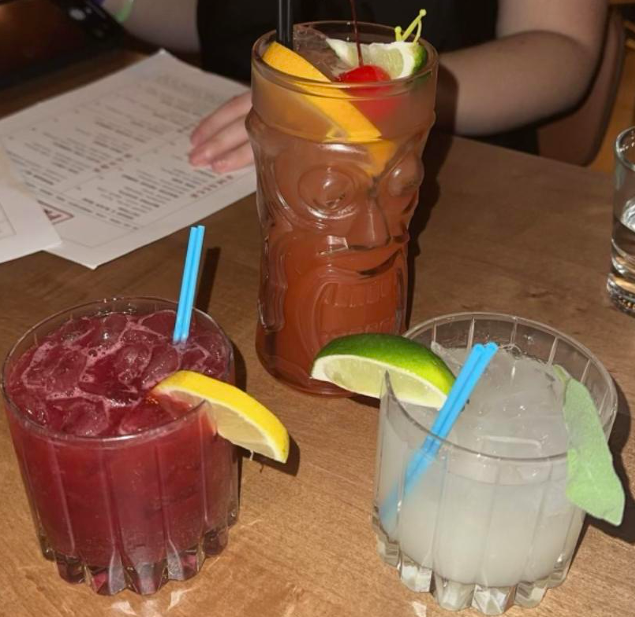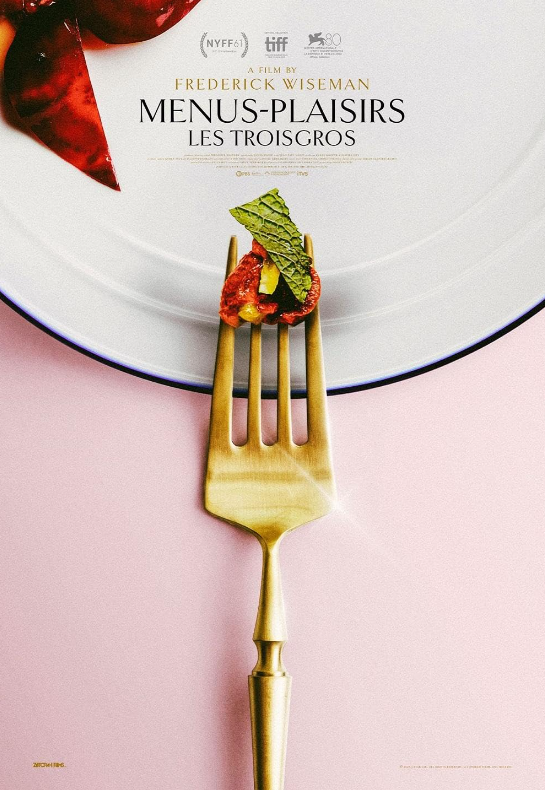
New England spring is always a tentative juncture, but despite the erratic behavior of Mother Nature, recently the crippling freeze of winter has been receding and some semblance of warmth will soon be at hand. For those of us who keep our calendars on a craft beer continuum, the seasonal shift also marks a shift in trends from the darker stouts and porters of winter to the lighter spring fare of lagers and stylized ales. While beer in general is a celebrated beverage year-round, certain styles are more seasonally appropriate than others and the influx of saisons, witbiers and fruitier ales on liquor store shelves is a soothing reminder that the much needed spring thaw is impending.
One of the most popular spring brewing styles is bock beer, a strong style of lager that originated in the monasteries of medieval Germany. According to BeerAdvocate, German monks would brew an extra strong beer to sustain themselves during fasting for the pre-spring observance of Lent, to which the style’s full-bodied mouth feel can historically be attributed. Other theories suggest that the style has more Pagan-influenced roots in that medieval tribes only saw this particular beer fit to be brewed during the mid-winter months correlating to the astrological sign of Capricorn to then be consumed at the start of spring after an extended fermentation period.
The name “bock” derives from the medieval German town of Einbeck where the first prototype of the style, a dark and malted ale, was brewed in the 14th century. The “World Beer Guide” from brewing pioneer Michael Jackson (not to be confused with the iconic pop singer of the same name) suggests that 17th century brewers from Munich, who adopted the original style into the preliminary lager style, mispronounced the suffix of “Einbeck” as “Einbock,” which led to the adoption of the “bock” name. In German, “ein bock” translates to “billy goat,” and to this day caricatures of goats are jocularly associated with bock beers. Given that the animal mascot of the Capricorn sign is the goat, the visual association is pertinent.
A sub-style of bock beer known as maibock or helles bock has been gaining a larger foothold of popularity in the U.S. over the last few years. Rogue’s signature Dead Guy Ale is classified as a maibock, as is the Cultivator from Troegs Brewing Company and the Hurts Like Helles from Jack’s Abbey Brewing. Even larger scale breweries such as Smuttynose and Narragansett have released their own bock style beers, and the change in season sees this style in much wider availability. Since the Pioneer Valley is home to a host of craft beer outlets, it is no great surprise that the Maibock Lager from Berkshire Brewing Company is a seasonal favorite among locals.
Berkshire Brewing, located in South Deerfield, is among the most popular breweries in the area and has been churning out consistently delicious beers since 1994. Their flagship Steel Rail Extra Pale Ale is available in western Massachusetts and has earned the brewery a treasured place in the hearts of beer geeks in the area. The Maibock Lager, inspired by the traditional German style, is available from March to May with the explicit intent of helping to “shake off the cold of winter and embrace the season to come,” according to the brewery’s website.
Featuring the caricature of a goat on the label, Maibock Lager pours a clean, dark golden color from a 22 oz. bottle into a pint glass. Considerable carbonation releases the savory aromas of caramelized sugar and toasted malt as the crisp white head settles to thick ropes of lacing. Sensations of honey immediately come to mind in whiffs of the superficial aroma. Beneath the initial sweetness of the nose is a fruity under-layer reminiscent of strawberry or raspberry mixed with the tartness of alcohol, a surprisingly heady scent for such a lager-style beer.
Maibock Lager’s crisp hop characteristic is the most pertinent taste in the first sip, combining the earthy bitterness of strong hops with a distinct spiciness that melds well with the permeating sweetness of the malt. For a beer with such high carbonation, Maibock Lager has a hearty mouth feel to it that belies the clearness of its lager-like style. Sweet malt and subtle dark fruit flavors linger on the tongue through the surprisingly dry finish, and the ultimate sensation left on the palate is one of bready, spicy sweetness combined with bitter hints of hop and alcohol. On a personal note, in general I am not a big fan of lagers and was half-expecting to categorize this beer under that same umbrella, but in the face of German maibock-style lagers I found myself entirely humbled and potentially reevaluating my stance on lagers. But the latter is only potential.
In keeping with valiant efforts to hurry along the arrival of spring, Maibock Lager pairs well with lighter dishes like chicken or rice and beans, or even light desserts involving fruit or caramel flavors. But, as with all selections from BBC, the beer itself serves as a readily sufficient course on its own. Maibock Lager is available throughout the Valley on tap and in stores, but its seasonal nature indicates that it will only be available until late May or early June, so stock up while supplies last. Though the icy chill of winter may seem terminal at this point, the warm relief of spring is close at hand and soon enough we can all retire our snowsuits and tire chains until the next turn of the season. In the meantime, grab some Maibock Lager to soothe your struggle for survival in the icy grip of winter. It may not necessarily thaw your frozen extremities, but at least your belly will be warm with the happy weight of beer.
Emily A. Brightman can be reached at [email protected].


















